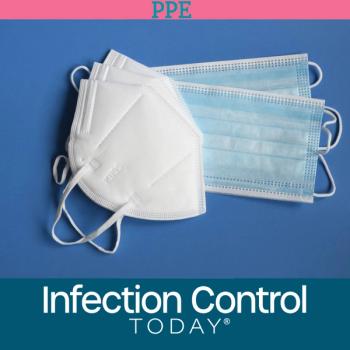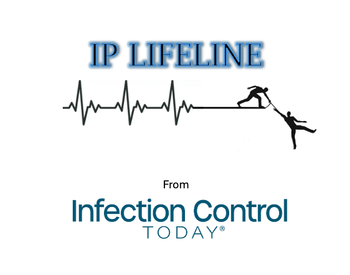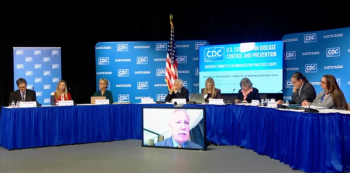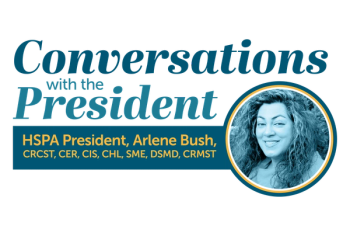
New Tools Help Nursing Homes, Assisted Living Facilities Track and Prevent Infections
The Society for Healthcare Epidemiology of America (SHEA) and Centers for Disease Control and Prevention (CDC) have each released new tools and information to help track deadly healthcare-associated infections (HAIs) in nursing homes and other long-term care settings. Potentially deadly HAIs strike volumes of nursing home residents each year, with best estimates suggesting that up to 2.8 million infections can occur in this population annually.
Published online this week in Infection Control and Hospital Epidemiology, an expert panel published updated infection definitions and guidance that provides uniform criteria for nursing homes and other long-term care facilities to track and monitor HAIs. The updated surveillance definitions, coordinated by SHEAs Long-Term Care Special Interest Group, incorporate evidence published over the past two decades, with definitions for norovirus gastroenteritis and Clostridium difficile infections added and more specific definitions for urinary tract infections included.
In parallel, CDCs National Healthcare Safety Network (NHSN) released a new tracking component, allowing nursing homes and other long-term care facilities to monitor HAIs. The newly published guidance serves as the foundation of the new NHSN component. When facilities track infections, they can identify problems, implement prevention measures, and monitor progress toward stopping infections. State and local health officials can also use the system to monitor the impact of regional prevention efforts. On the national level, data entered into NHSN will gauge progress toward national infection prevention goals.
The unsettling truth is that our best estimates of healthcare-associated infections in long-term care facilities, such as nursing homes, most likely understate the true problem, says Nimalie Stone, MD, a lead author of the guidance and a medical epidemiologist at the Centers for Disease Control and Prevention (CDC). Clinicians in nursing homes cannot prevent healthcare-associated infections unless they know where and how they are occurring. Tracking infections within facilities is the first step toward prevention and ultimately saves lives.
The new NHSN component allows nursing homes and other long-term care facilities to track Clostridium difficile, drug-resistant infections such as methicillin-resistant Staphylococcus aureus (MRSA), urinary tract infections, and healthcare worker adherence to basic infection control procedures including hand hygiene and glove use.Â
With the rising number of individuals receiving more complex medical care in nursing homes, these new tools provide a needed means for these resource-limited care settings to help track and monitor their facilitys infections using criteria that reflect the care they provide and the patients they see, says Suzanne Bradley, MD, a co-author of the paper and editor-in-chief of Infection Control and Hospital Epidemiology.
CDC is one of multiple federal agencies vigorously working to protect patients. The Department of Health and Human Services has released a National Action Plan to Prevent Healthcare-Associated Infections with several goals to address infections among nursing home residents including reducing catheter-associated urinary tract infections and infections from Clostridium difficile.Â
The new surveillance guidance has been endorsed by the American Medical Directors Association, the Association of Medical Microbiology and Infectious DiseaseCanada, the Association for Professionals in Infection Control and Epidemiology, the Community and Hospital Infection Control AssociationCanada, and the National Association of Directors of Nursing Administration in Long Term Care.
To access or enroll your facility in NHSNs long-term care component, see CDCs website:
To review the new surveillance guidance, visit:
Â
Newsletter
Stay prepared and protected with Infection Control Today's newsletter, delivering essential updates, best practices, and expert insights for infection preventionists.






